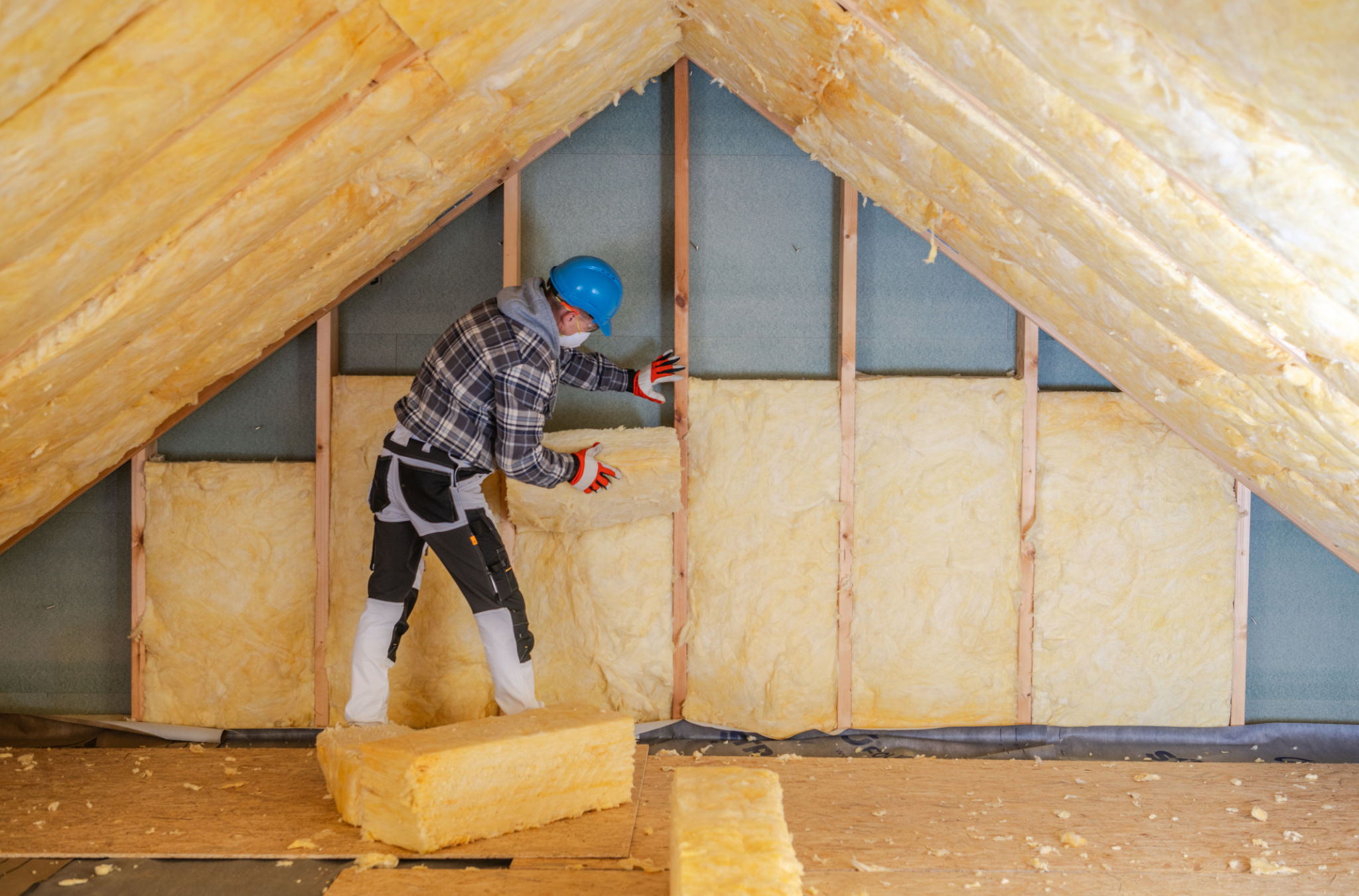Maximizing Energy Efficiency in Your Home: A Comprehensive Guide
Understanding Energy Efficiency
Energy efficiency is more than just a buzzword; it's a crucial aspect of creating a sustainable and cost-effective home. It involves using less energy to perform the same tasks, thus reducing energy waste and maximizing savings on utility bills. By making your home energy efficient, you not only save money but also contribute to a healthier environment by reducing your carbon footprint.

Conducting an Energy Audit
The first step in maximizing energy efficiency is conducting an energy audit. This process involves evaluating how much energy your home consumes and identifying areas where energy can be conserved. You can either perform a DIY audit or hire a professional to get a detailed analysis. Key areas to focus on include insulation, heating and cooling systems, and appliances.
DIY Energy Audit Tips
If you decide to conduct your own energy audit, start by checking for air leaks around windows, doors, and electrical outlets. Seal any gaps with weatherstripping or caulk. Next, inspect your insulation levels in attics and walls, as these are critical for maintaining indoor temperatures. Lastly, evaluate the efficiency of your appliances and lighting.

Improving Insulation
Proper insulation is one of the most effective ways to enhance energy efficiency. It helps keep your home warm in the winter and cool in the summer, reducing the need for excessive heating or cooling. Consider upgrading your attic insulation or adding insulation to walls and floors if necessary.
Types of Insulation
There are several types of insulation materials available, including fiberglass, cellulose, and spray foam. Each has its advantages and is suited for different areas of the home. For example, spray foam is excellent for sealing small gaps and cracks, while fiberglass is often used for attic spaces.

Upgrading Windows and Doors
Windows and doors are common culprits of energy loss. Consider upgrading to energy-efficient windows with double or triple glazing to minimize heat transfer. Similarly, investing in high-quality, insulated doors can significantly reduce drafts and improve your home's thermal envelope.
Weatherstripping and Caulking
Even if new windows and doors aren't in your budget, simple improvements like adding weatherstripping or caulking can prevent air leaks. These materials are inexpensive but can make a noticeable difference in your home's energy efficiency.
Optimizing Heating and Cooling Systems
Your HVAC system plays a significant role in your home's energy consumption. Regular maintenance, such as cleaning or replacing filters and scheduling annual check-ups, ensures it runs efficiently. Consider upgrading to a smart thermostat that automatically adjusts temperatures based on your habits and preferences.

Alternative Heating Solutions
If you're looking for alternative heating solutions, consider installing a heat pump or solar panels. Heat pumps are versatile and efficient, providing both heating and cooling capabilities. Solar panels, although an initial investment, can significantly reduce your reliance on conventional power sources.
- Consider solar water heaters to reduce electricity use
- Explore geothermal heating options for eco-friendly solutions
Energy-Efficient Appliances and Lighting
Replacing older appliances with energy-efficient models can lead to substantial savings on your energy bills. Look for appliances with the ENERGY STAR label, indicating they meet strict efficiency standards. Additionally, switch to LED lighting, which uses up to 75% less energy compared to traditional incandescent bulbs.
Smart Home Technology
Incorporating smart home technology can further enhance energy efficiency. Smart plugs, lighting systems, and appliances allow you to control usage remotely, ensuring devices are off when not in use. These technologies can provide insights into energy consumption patterns, helping you make more informed decisions.
- Install motion-sensor lights for outdoor areas
- Use smart power strips to eliminate phantom loads
By following these guidelines and making strategic upgrades, you can transform your home into an energy-efficient haven. Not only will you enjoy reduced utility costs, but you'll also contribute positively to the environment by minimizing your carbon footprint.
